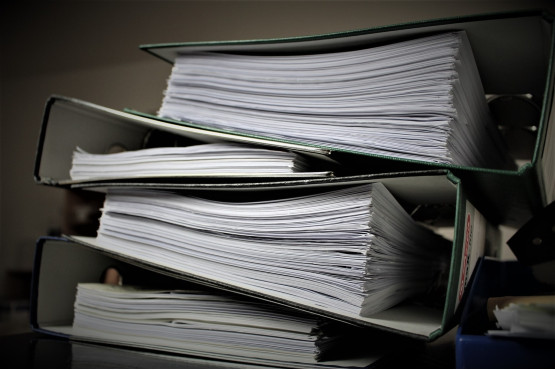19 May 2022

IFFO calculation led to “astronomical” figures
The High Court has rejected a challenge to a Legal Aid Agency (LAA) decision not to pay barristers for the review of extra papers of prosecution evidence (PPE) in the usual way because it would have amounted to a fee of £51m.
In upholding the LAA’s ‘in principle’ decision, Mr Justice Chamberlain said “the figures speak for themselves”.
Roderick Johnson QC, Anu Mohindru QC, Jason Sugarman QC, Ben Waidhofer, Dominic D’souza, Jessica Tate and Clea Topolski are all barristers instructed in a legally aided criminal case due to commence in September (one other QC did not pursue the claim). It is a case alleging a £5m fraud where each of the four defendants is represented by a QC and junior.
In R (on the application of Johnson & Ors) v The Lord Chancellor [2022] EWHC 1175 (Admin), they were challenging the LAA’s decision that any increase in the previously offered fee to reflect further prosecution evidence would be based on a ‘time spent’ approach.
They said this was the approach taken to very high-cost cases (VHCCs) before 2014, when it was replaced by the interim fixed fee offer (IFFO) scheme. Under this, the fee is based on the volume of case material, case category and length, and is negotiated at as early a stage of the proceedings as possible. A spreadsheet, called the IFFO ‘model’ or ‘calculator’, is central to determining the fee offer.
For PPE, 100% are included in the fee and the time allowed for the advocate’s consideration of each page is 1.25 minutes. For unused evidence pages, 25% are included in the fee and the time allowed for the advocate’s consideration of each page is 30 seconds. The calculator assumes that other preparation for the case will require 250 hours in addition to two hours per day during the trial. The offer is subject to discretion in certain circumstances set out in the IFFO guidance.
The LAA’s third, and rejected, offer was £131,000 for QCs and £66,700 for juniors. Meanwhile, the shape of the case changed due to the seizure of a hard drive containing between 4.3m and 6.5m of new PPE. If the lowest of these numbers were put into the IFFO calculator, the resulting figures were £8.5m for each QC and £4.2m for each junior – some £51m in total.
The LAA said this was not a fee which, as the IFFO guidance stated, “properly represents the nature or value of the case”, allowing a departure from the calculation. This was especially in light of various factors, such as the trial judge’s comment that the defendants would know where to locate any material likely to assist them and that the review of raw digital data would be more suited to solicitors than counsel.
The LAA invited counsel instead to suggest how many hours of ‘special preparation’ they would need in addition to the previous fee offer, rather than using the IFFO. The barristers objected and brought their claim.
Mr Justice Chamberlain said the IFFO guidance enabled the senior case manager to make an assessment that the calculation did not produce a fee which properly represented the nature or value of the case, but did not say how this assessment was to be carried out.
“This means that it is for the decision-maker to decide how to conduct the assessment, subject only to the constraint that the method chosen must be rational.”
While this could be complicated in some cases, here “the figures spoke for themselves”. He explained: “Even if all the counsel worked on this case and nothing else for a full three years (and it is not suggested that any of them has), it would result in each of the QCs receiving annual remuneration from public funds of more than £2.8 million and each of the juniors more than £1.4 million.
“These are astronomical figures. The total cost of counsel would amount to about 10 times the value of the fraud being prosecuted. These figures only had to be stated for it to be obvious that they did not represent ‘the nature or value of the case’…
“In my judgment, none of the respects in which the defendant is said to have failed to follow the IFFO guidance or breached the claimants’ legitimate expectations gives rise to an arguable ground of challenge.”
Similarly, the guidance did not prevent the LAA from asking the claimants for the time they had spent and would spend on the exhibit. “The complaint that the approach taken replicates the old approach to VHCCs seems to me to fall away once it is recognised that it was in accordance with the IFFO guidance. That allowed, at para. 2.5, for an approach which departed from the figures produced by the calculator.”
John McGuinness QC (instructed by Richardson Lissack) for the claimants. Sir James Eadie QC and Melanie Cumberland (instructed by the Government Legal Department) for the defendant.
